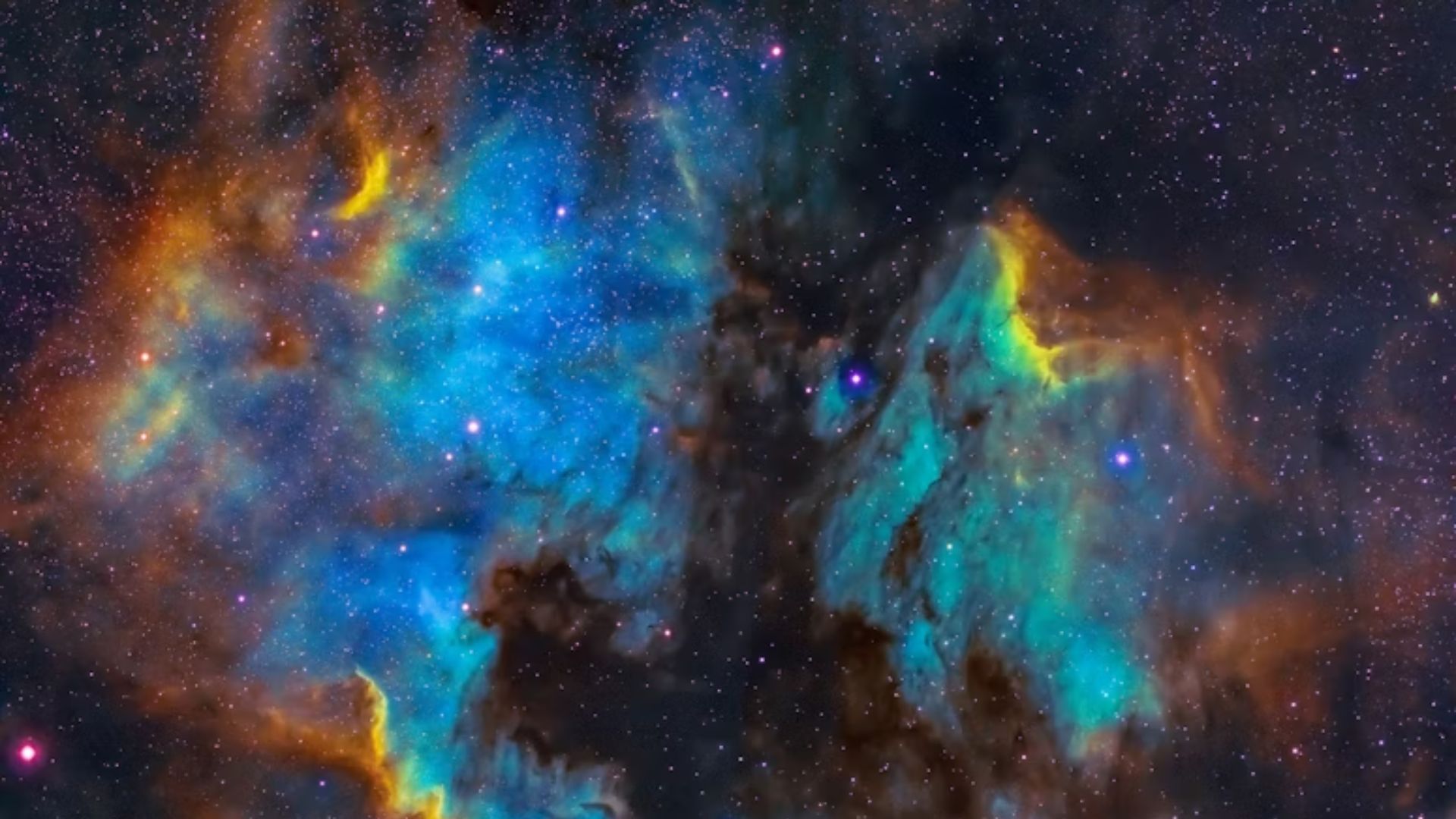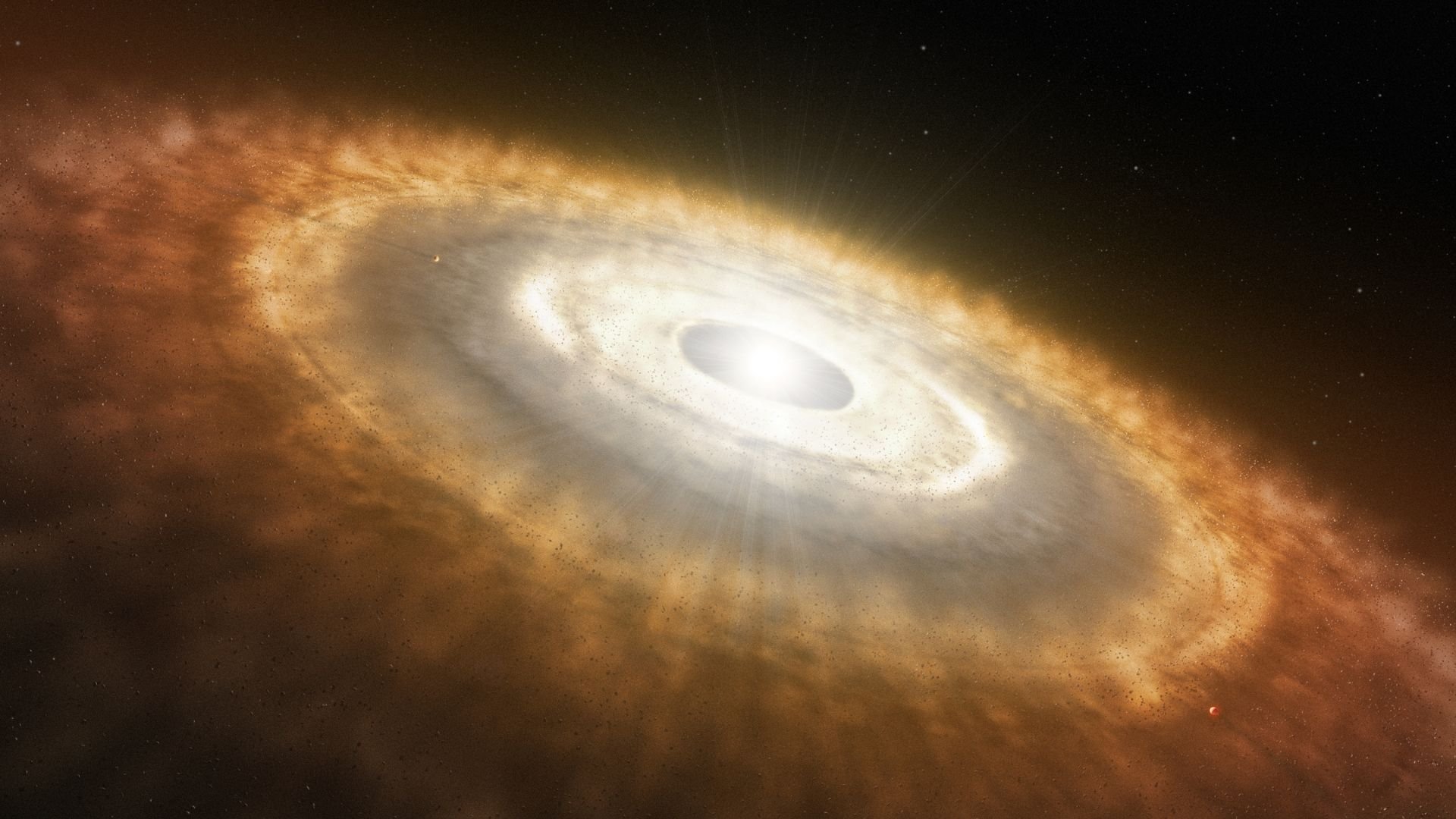New research has revealed the existence of a potentially record-breaking celestial object that exists about 1,000 light-years away.
The discovery of the celestial object, whose technical name is IRAS 23077+6707, may prove to be a milestone for researchers.
The Strange Nickname For This Celestial Object

Admittedly, IRAS 23077+6707 isn’t the easiest name to remember. Thankfully, scientists have come up with a nickname for the object, calling it “Dracula’s Chivito”.
The nickname comes from Uruguay’s national dish, a meat-packed sandwich said to loosely resemble the object. However, some think the object more closely resembles a butterfly.
The Astronomer Who Made This Fascinating Discovery

The butterfly-like celestial object was discovered in 2016 by the U.S. Naval Observatory astronomer Ciprian Berghea. Berghea, on the suggestion of his colleague Ana Mosquera, gave the IRAS 23077 the nickname of “Dracula’s Chivito”.
New research into IRAS 23077 began after Berghea teamed up with astrophycisist Kristina Monsh, a postdoctoral fellow at the Harvard & Smithsonian Center for Astrophysics.
Ground-Breaking Telescope Allows New Discoveries

We know a lot more about “Dracula’s Chivito” now than we did when Berghea first spotted the celestial object in 2016. Much of this owes to the Submillimeter Array (SMA).
The SMA is a series of eight radio dishes in Hawaii which work together as a single telescope. The SMA allows astronomers an unprecedented look into astronomical objects and other phenomena.
A Consequential Partnership

After Monsch got to talking to SMA fellow Joshua Lovell at a conference, Lovell began the process of examining IRAS 23077 the same day.
Approval for SMA observations arrived within two weeks of this initial encounter and more data about the celestial object quickly emerged. What researchers found was fascinating and potentially hugely consequential for what we know about the universe.
SMA Furthers Understanding of Celestial Object

Monsch said, “The SMA allows us to observe the small dust grains, about millimeter-sized pebbles, and carbon monoxide gas” contained within IRAS 23077.
The data suggested that the planet contained a large amount of gas and dust, which could allow it to create a number of giant planets.
What Makes IRAS 23077 So Special?

“The large size of the IRAS 23077 disk makes it special”, said Dana Anderson of the Carnegie Institution for Science.
The large size of the celestial object allowed scientists to get an unusually in-depth look at it, and now they believe it may be the biggest object of its kind ever found.
What Are Protoplanetary Disks?

“Dracula’s Chivito” is what’s known as a planet-forming disk, or protoplanetary disk.
Protoplanetary disks are rotating masses of dust and gas which moving around a young star. Researchers at the Smithsonian Astrophyscial Observatory believe the IRAS 23077 may be the largest protoplanetary disk found to date.
The Role of Protoplanetary Disks in Forming Planets

The gasses and dust inside protoplanetary disks form the ingredients for planet formation.
The Harvard & Smithsonian Center For Astropyhsics says “the chemical composition of the protoplanetary disk determines the composition of the eventual planets that form from it”.
What We Can Learn From New Discovery?

The edge-on orientation of the IRAS 23077 towards the Earth has allowed researchers to gain an unusually thorough glimpse into what is happening inside the disk.
For this reason, experts are able to see planet-forming expanses of the disk that wouldn’t usually be visible. Smithsonian Magazine science correspondent Riley Black said, “Now that experts know what the disk is, and some of its makeup, they can begin to tease apart the elusive story of how planets come together and make so much of our universe what it is.”


